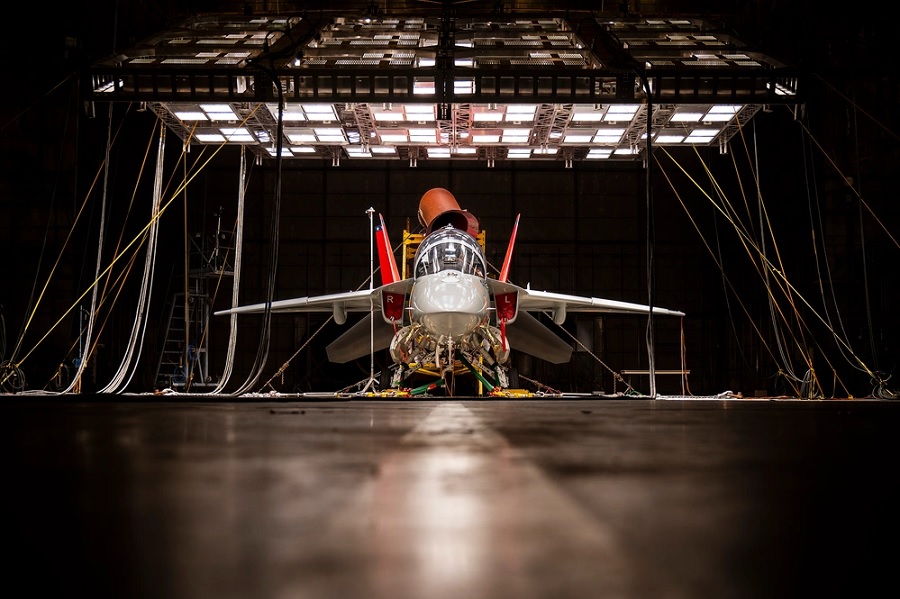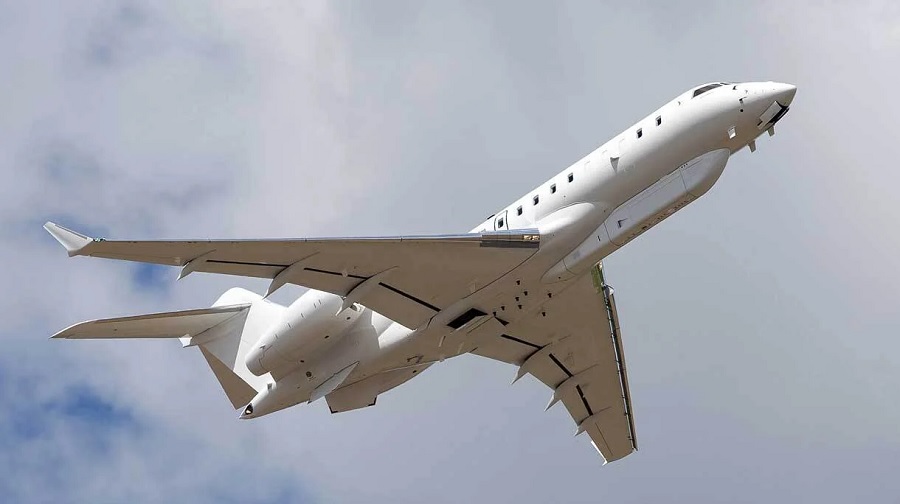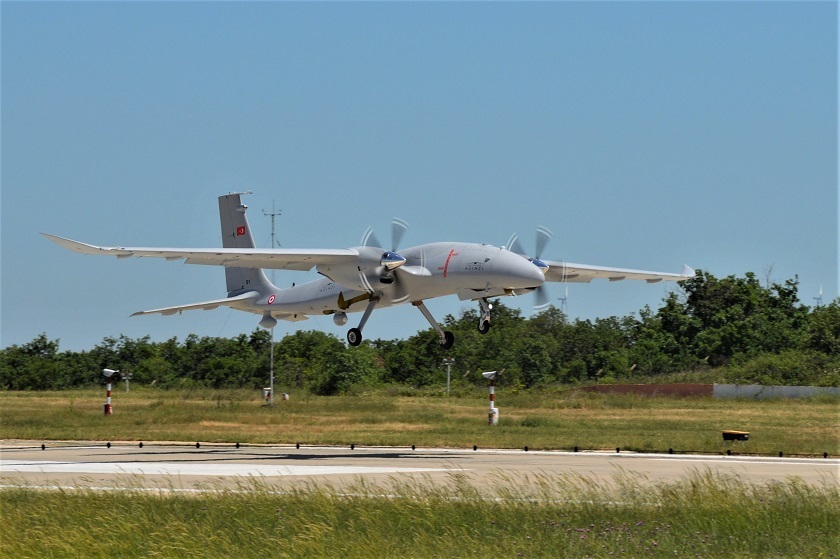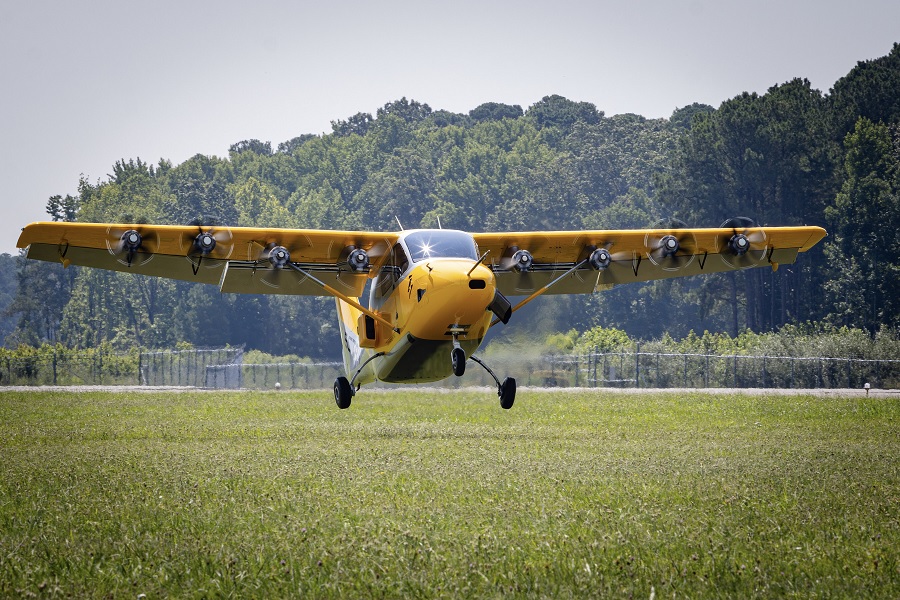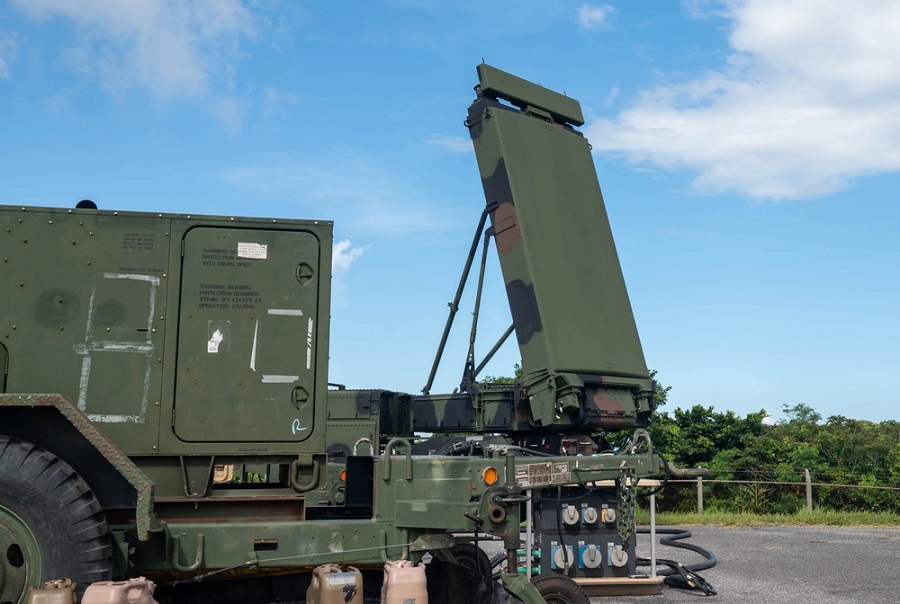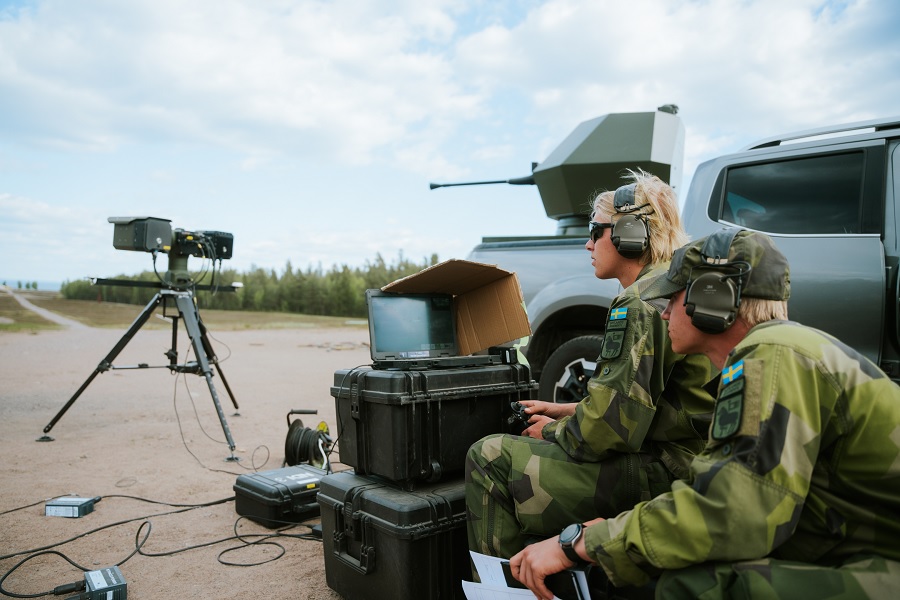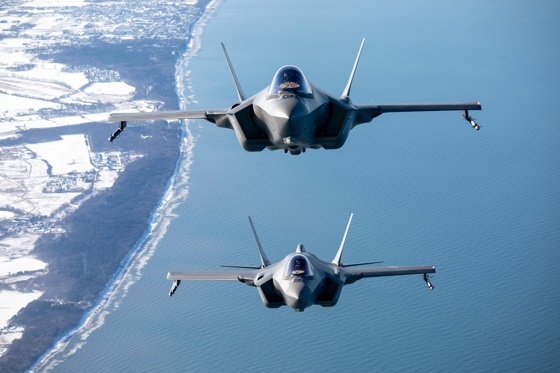The MQ-4C’s arrival to the U.S. Sixth Fleet area of operations marks the second forward-deployed detachment for VUP-19. A total of three detachments are planned when the program is fully operational. Deployments like this enhance U.S. Navy interoperability with NATO Allies and partners.
“The addition of the MQ-4C Triton, right here in Sigonella, is another milestone in the successful development of the Triton program,” said Capt. Aaron Shoemaker, Commanding Officer, NAS Sigonella. “We are proud to support VUP-19 [Unmanned Patrol Squadron (VUP) 19] as they integrate with the Fleet to expand the roles of unmanned aircraft systems operations in our region and beyond.”
The MQ-4C Triton is the Navy’s newest Intelligence, Surveillance, and Reconnaissance Maritime Patrol asset and augments the capabilities of the P-8 Poseidon maritime patrol aircraft.
To prepare for the arrival of the Triton in Italy, VUP-19 “Big Red” held a ceremony to celebrate the deployment and the opening of a new Triton hangar at NAS Sigonella, March 2.
VUP-19, homeported in Florida at Naval Air Station Jacksonville and Naval Station Mayport, boasts more than 300 Sailors and officers from various aviation ratings and officer communities who maintain and operate the Triton around the world. Aircrew gather and process surveillance information utilizing data fusion tools that integrate sensor data from multiple aircraft into a comprehensive networked picture to further assist in building an accurate threat representation.
VUP-19 achieved initial operation capability in September 2023 during its deployment to Andersen Air Force Base, Guam.
Naval Air Station Sigonella provides consolidated operational, command and control, administrative, logistical and advanced logistical support to U.S. and other NATO forces. The installation’s strategic location enables U.S., allied, and partner nation forces to deploy and respond as required, ensuring security and stability in Europe, Africa and Central Command.
Read more: Russia producing 250,000 artillery shells per month, NATO intelligence says




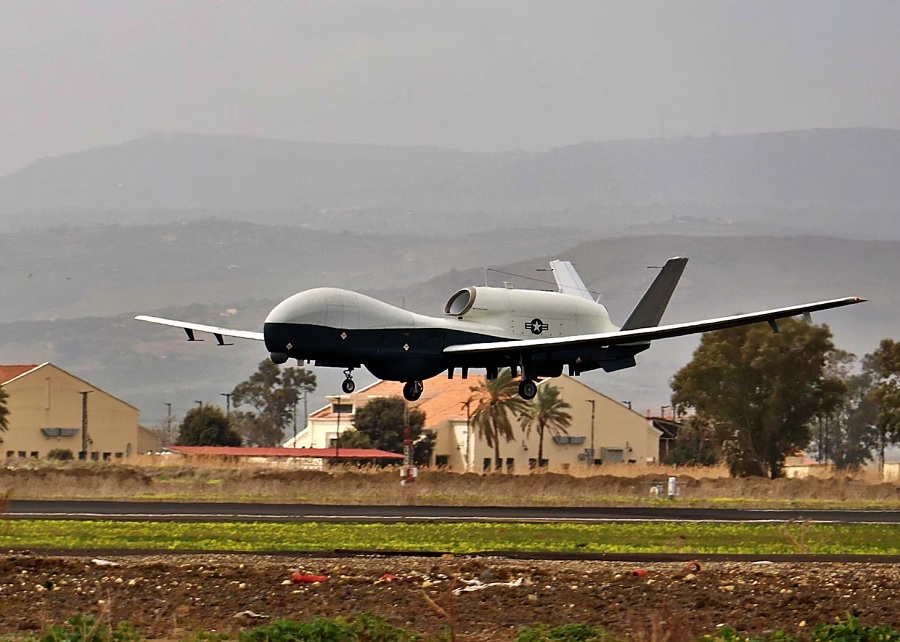

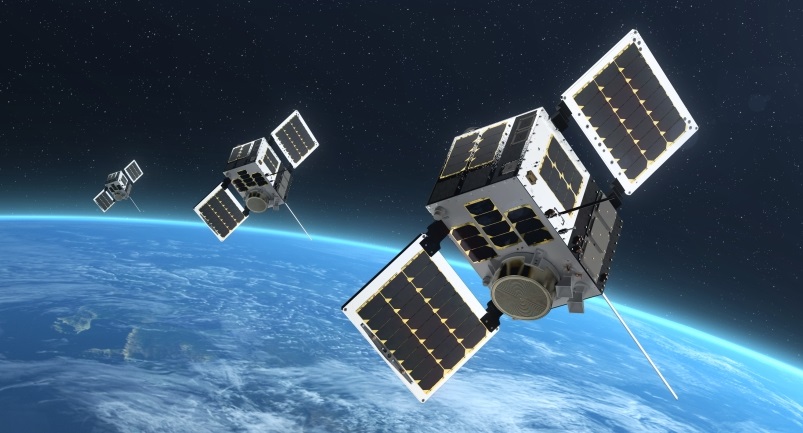
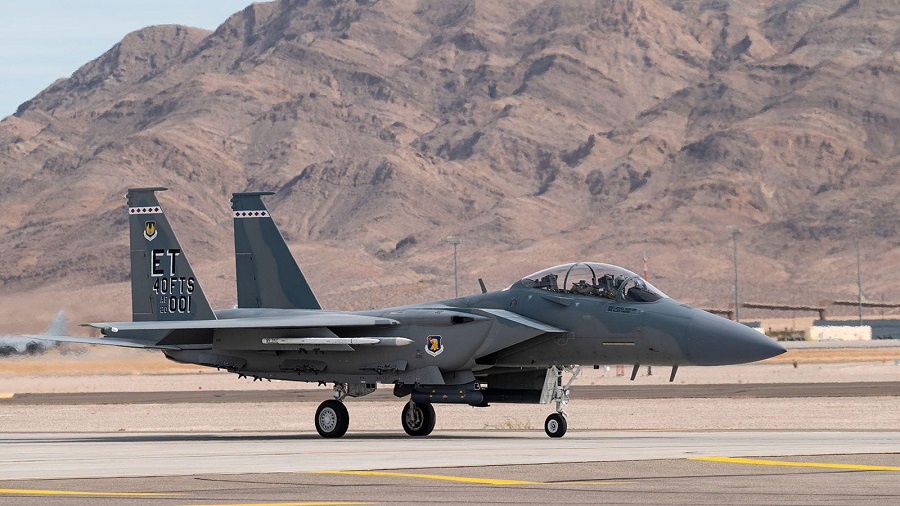
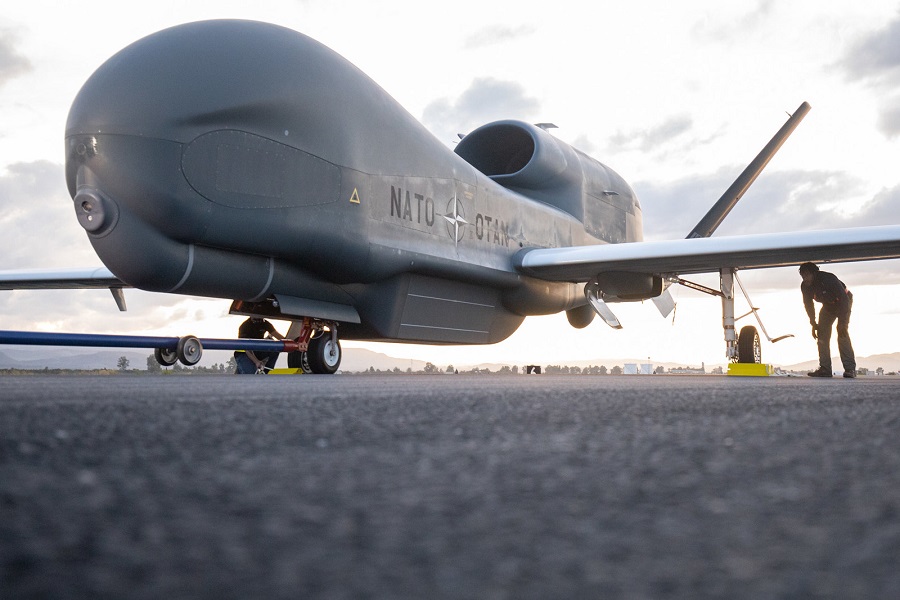


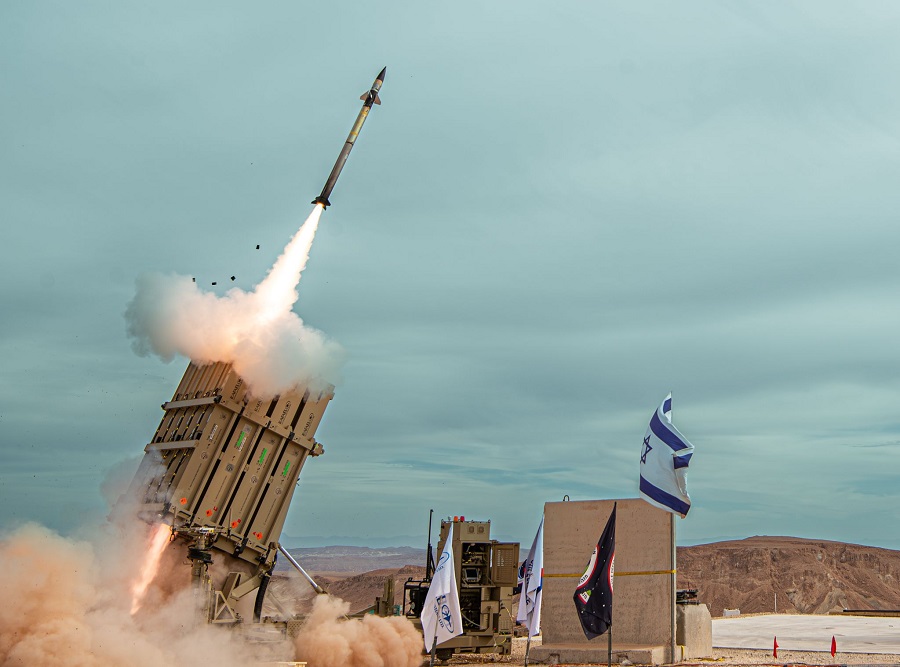
![MightyFly demonstrates autonomous cargo flight capabilities to U.S. Air Force [VIDEO]](https://defence-industry.eu/wp-content/uploads/2025/07/MightyFly-demonstrates-autonomous-cargo-flight-capabilities-to-U.S.-Air-Force-VIDEO.jpg)
